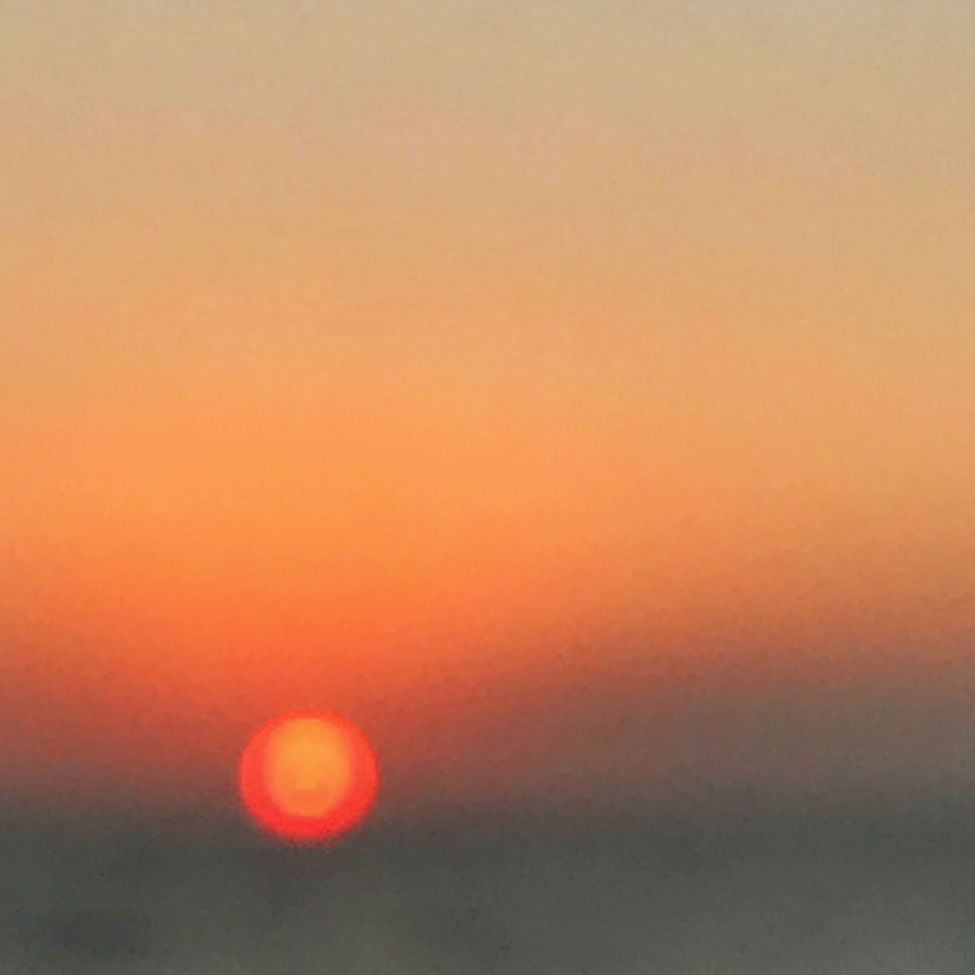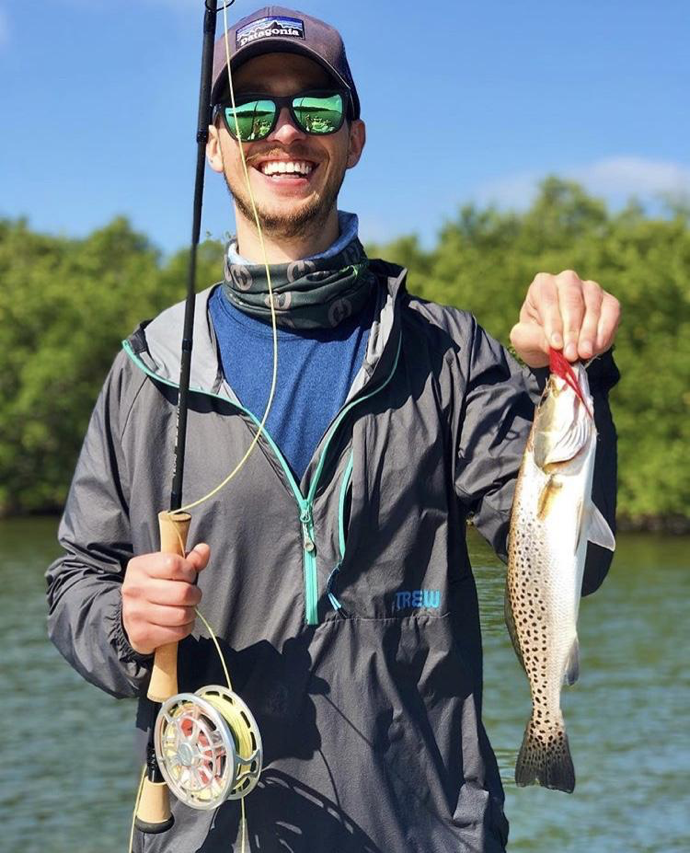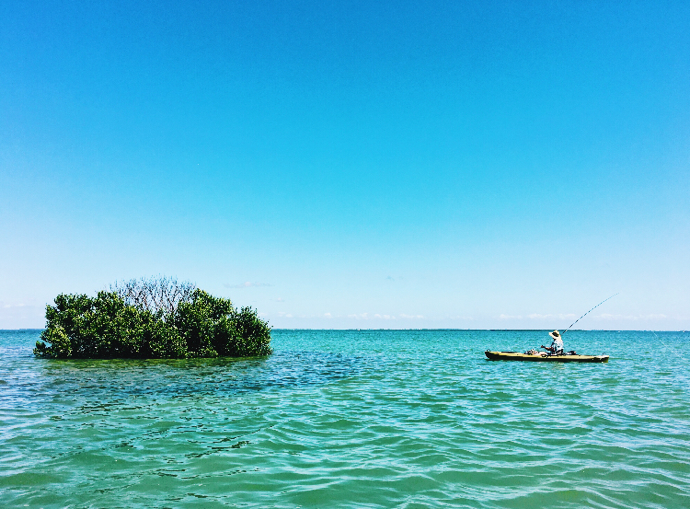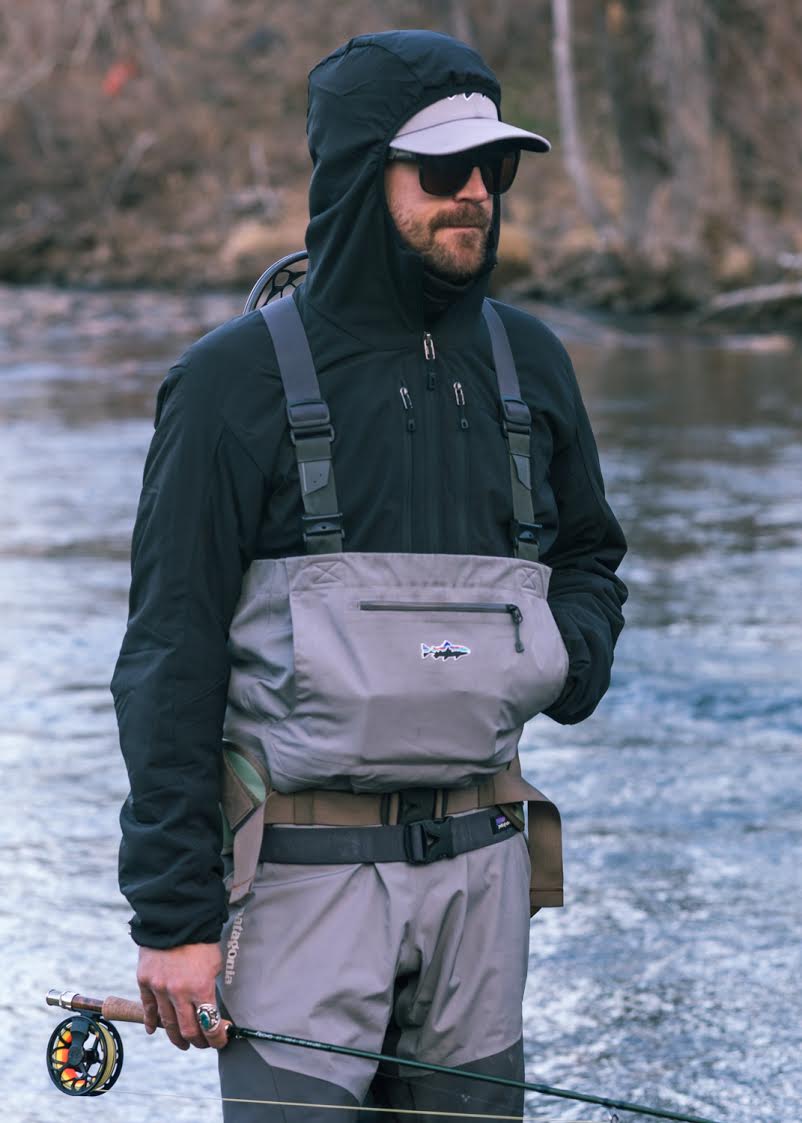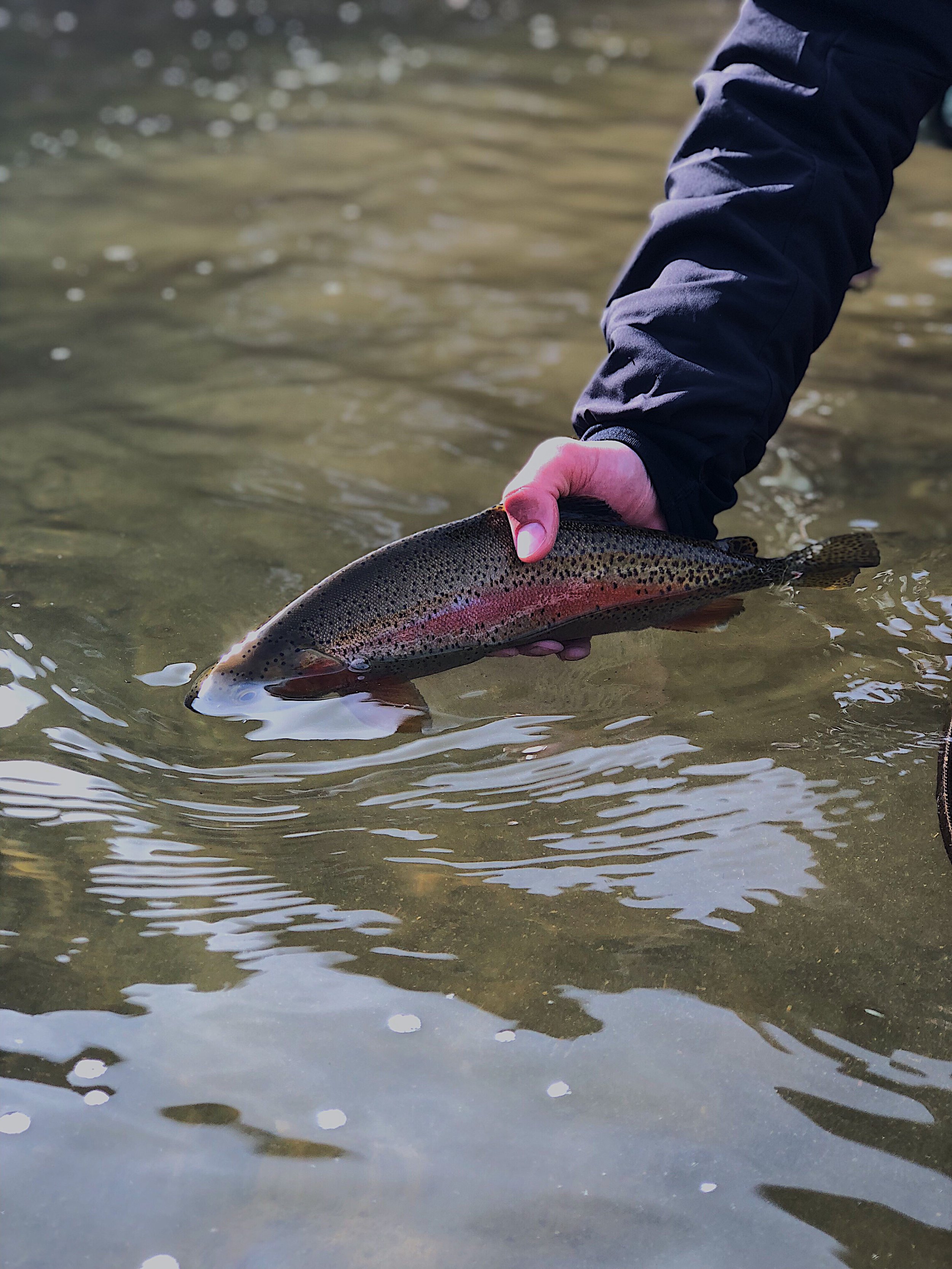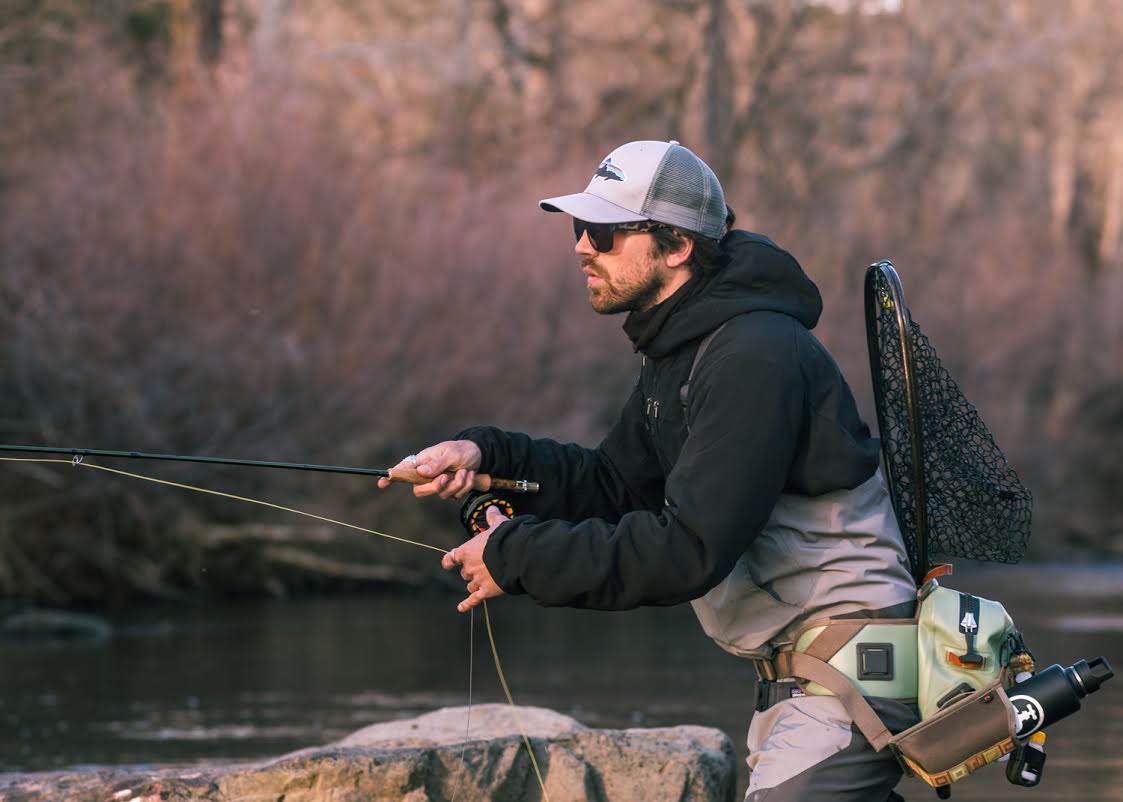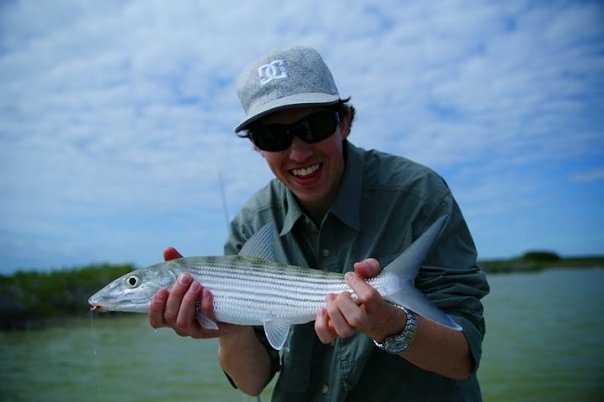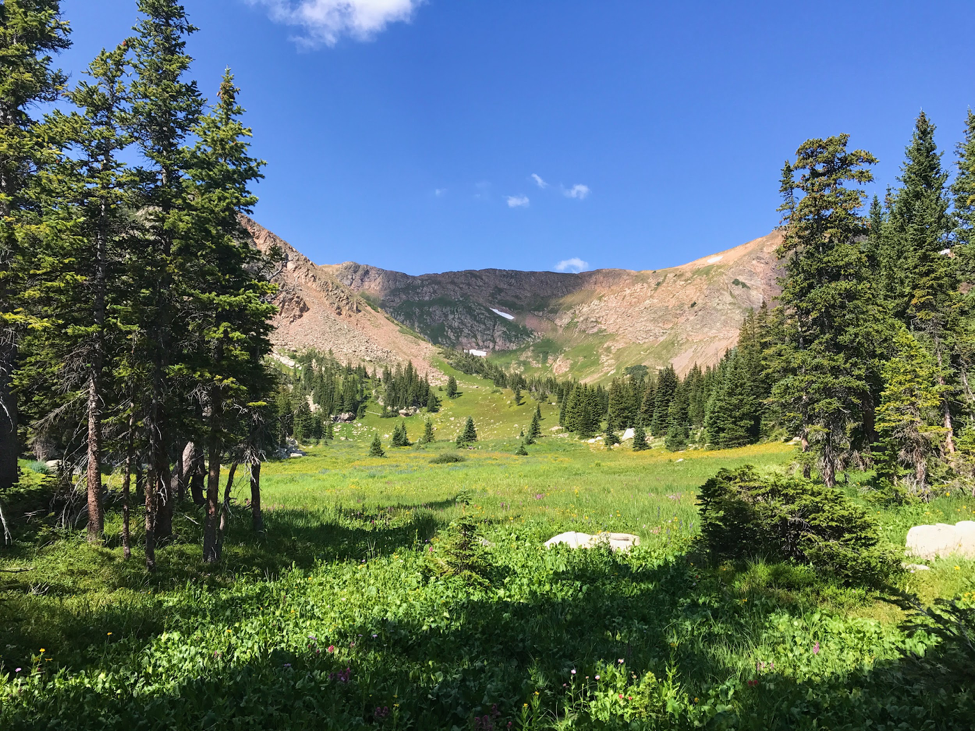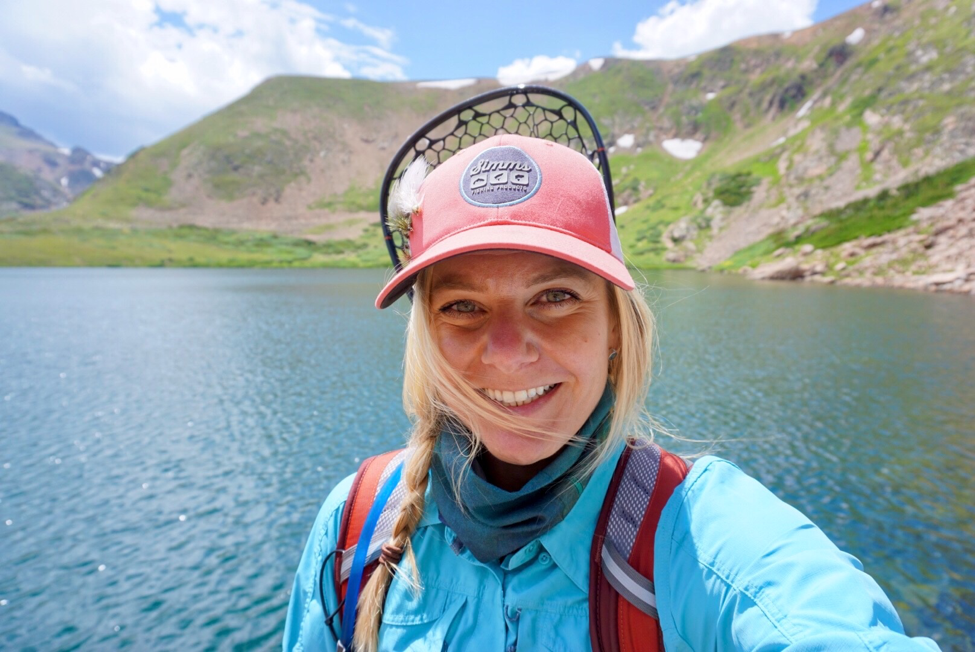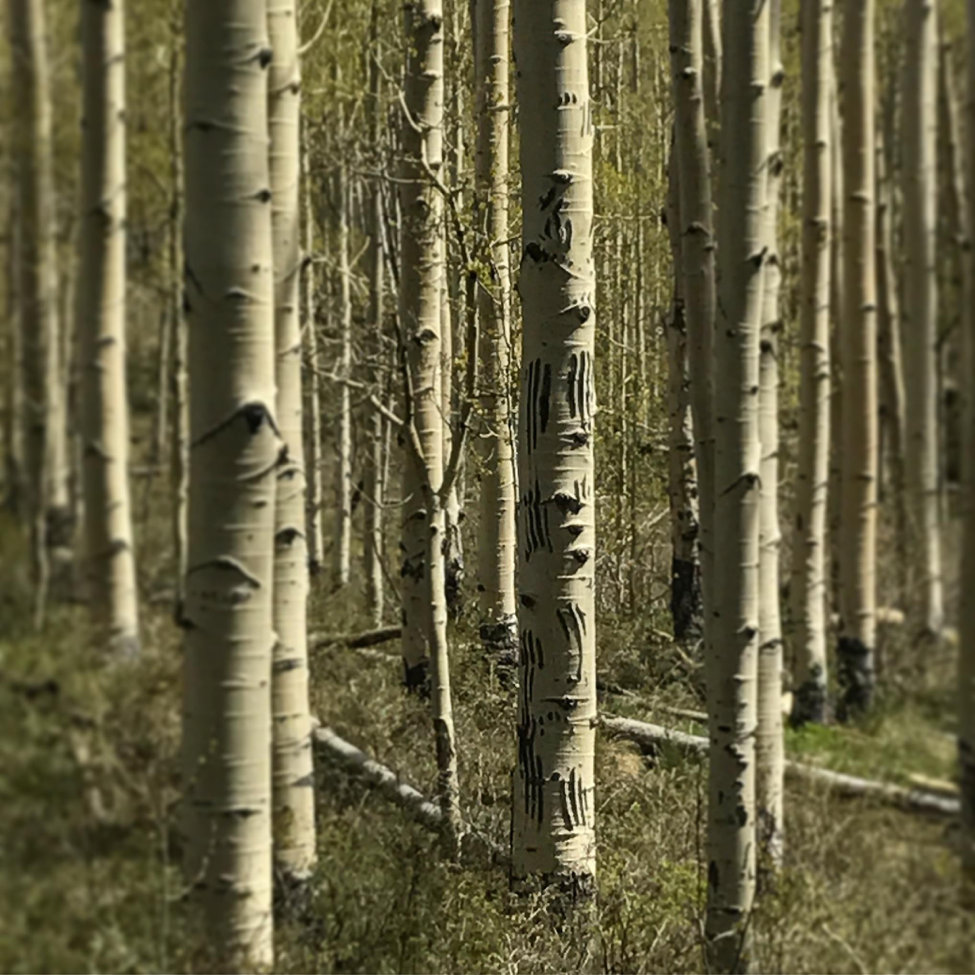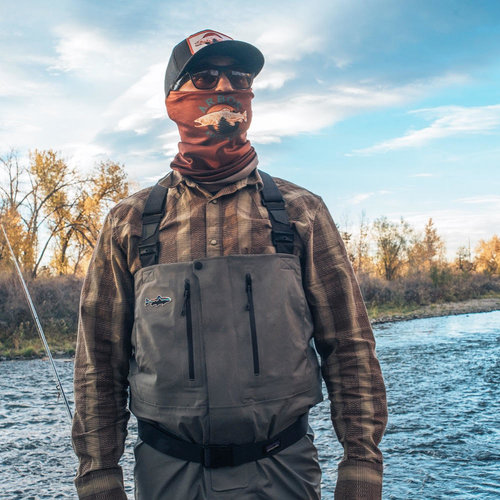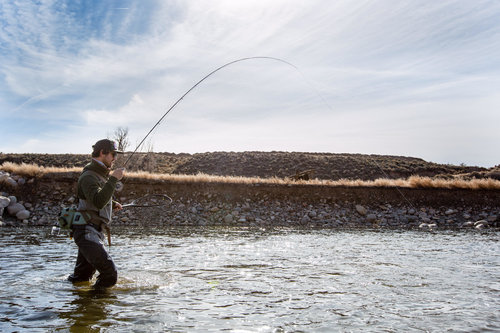The first time I went to Florida was in 2008 for Spring Break in Key West. At that time fishing was totally not on my radar. In 2017 I went to Naples, FL in January to go fishing. The weather was a little rainy and for numerous reasons we did not get out on a boat. We made sure to fish all neighboring ponds for bass and sneak around docks at night to jig some surface lures for snook. Considering I was still in grad school at that time, I remembered very distinctly watching a documentary about the effect of anthropomorphic changes to The Everglades and Lake Okeechobee. It was the first time I heard of “Red Tide.” I could not see any obvious indicators of this when I spent a week in Naples.
This year I went to Capitva Island, FL in late February. The first morning we walked the 50 foot trip to the beach. There were dead mullet all over the beach. Red Tide was in the news. Later that afternoon we walked bayside to find more dead mullet.
I obviously did not go to Florida to catch those spooky vegetarian mullet but we had a guided trip planned for the next day and I wondered how this Red Tide would affect the fishing.
We walked down the dock, alongside Manatees, at 7am to greet our guide, Paul. With a new salt setup in hand, I nervously started blind casting as we waited to see tails. We hit low tide and crept through the flats chasing tailing redfish. Even though they had their heads in the weedy dirt eating, redfish served to be rather hard to sneak up on. A little bit of wind and nerves also made the situation just that much more challenging. I apologized to Paul for my crappy nervous casting...He smiled and said: “ If you weren’t nervous there would be something wrong.” After
blowing a solid four chances, we moved onto deeper water where we caught sea trout and ladyfish in slightly cloudy water.
My Echo Boost Salt and Evolution R Ross Reel got its first fish on a fly that was hand picked by Nick at Arbor Anglers. Clearly, from the photograph below, I also let my boyfriend test it out. I can confidently say that this salt setup will continue to take many tropical trips with me. But next time… it will hopefully see bigger fish.
As the hours passed we moved just one more time. Huge darting snook chasing bait fish all around little mangrove islands. As we drifted we kept our eyes out for one thing as we kept blind casting; tarpon. Our guide had not seen any yet that season but the water temperature was just around 75 degrees and there were many other boats out looking for the same monster. During the last hour on the water we saw three tarpon cruise by us. It was my first time seeing a tarpon in real life...and it is truly hard to describe how monumentally huge those beasts are. I now can just barely start to imagine what it must be like to land one on a fly rod. There is a reason so many fishermen and women claim their favorite fish to catch (or bucket list fish to catch) is the tarpon.
That day did not turn out to be very productive but we joked that it was a “visual grand slam”. I learned so much on my first fly fishing salt trip and now have the image of a human-sized tarpon swimming around in the back of my head fueling my dreams and inspiring my next fly fishing adventure. Baja, Belize and Christmas Island here I come!
We fished piers, rocks, beaches and from kayaks the rest of the Captiva trip. We saw a bunch of fish but nothing seemed to bite except those vampire-like sea trout and twitching ladyfish.
That trip made me realize something. I used to not understand people that were purists about fly rods, bamboo rods, dry flies etc. On my Florida trip I saw tons of people catching fish on spin rods and with bait. To me, it was more important to struggle through those growing pains and perfect saltwater fly fishing techniques than it was to catch fish on a spin rod. Don’t get me wrong, I have obtained (and used a couple) fresh and saltwater spin rods.. but now I just can’t use them if I have a fly rod… and I always have a fly rod rigged and ready.
-Brooke Ryan
instagram@thetruchascout & @brookelynaesthetic

